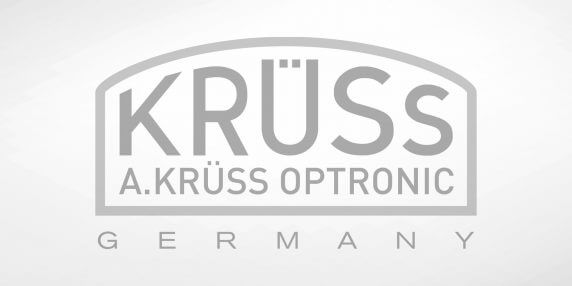Microscopy
Make the hidden cosmos visible in front of our eyes. How do light microscopes open our eyes to a new world? What is dark field microscopy or phase contrast microscopy? What is the difference between monocular microscopes, binocular microscopes and stereomicroscopes?
INFOBOX MICROSCOPY


Achromatic objectives
In some basic models achromatic lenses are installed. They contain lenses that are curved towards the edge. This lens curvature creates a blur from the image center to the image edge. However, the center is shown in a sharp and contrasty manner. Achromatic lenses are absolutely suitable for beginners and hobbyists.

Plan achromatic objectives
In the Miroscope models with the designation PL planachromatic Objetive with consistently flat objective lenses are installed.The picture is also in the border area razor sharp. Plan achromatic Lenses are particularly suitable for professional users who want to work long and fatigue-free and are dependent on the highest image quality.

immersion Objectives
Immersion lenses are used if you want to exclude the loss of resolution by breaking away the light rays at the transition from the coverslip to the air. If immersion objectives are used, it is possible to apply immersion oil with the same refractive index as glass between cover glass and lens and thus reduce the refraction of light. As a result, even flatter light rays reach the lens and produce a better resolution.

Numerical aperture
The numerical aperture (NA) describes the luminous intensity and resolution of a lens. It is calculated from the half-opening angle of the lens (α) and the refractive index of the medium (s) between the front lens and cover glass (usually air or oil).
NA = n · sin α.
The higher the value for the numerical aperture, the better a lens can resolve details in the specimen.

Condenser
The task of the condenser is to fill the entire aperture of the lens with light and thereby achieve a better resolution. It consists of one or more converging lenses or mirror surfaces and images the light source in the rear focal plane of the objective. The aperture diaphragm is located below the condenser. Since it is outside the image plane, it can be used to regulate contrast, depth of field and resolution. The condenser diaphragm is not used for adjusting the light intensity, it serves exclusively the contrast regulation.

Dark field condenser
Working with a dark field condenser leads to a dark background, in front of which the structures to be observed stand out brightly. Transparent objects, which have only a very low contrast, can thus be displayed well resolved and rich in contrast.
This saves a prior staining of the sample. Even living objects are easily observable.

Phase contrast device
Microscope models named PH have a phase contrast device. Thus, a direct imaging of structures is possible, which have only a low intrinsic contrast and would be visible in bright field microscopy only with artificial coloring.
Phase contrast microscopy is widely used in the study of biological samples that differ only slightly in their density.

Blood testing device
Microscope models with the designation B have a blood testing device. It consists of a cold light source and a dark field condenser. This equipment allows a blood test to Enderlein.
The trained diagnostician can gain deep insight into metabolic processes of the patient with the help of dark field microscopy on vital blood.
